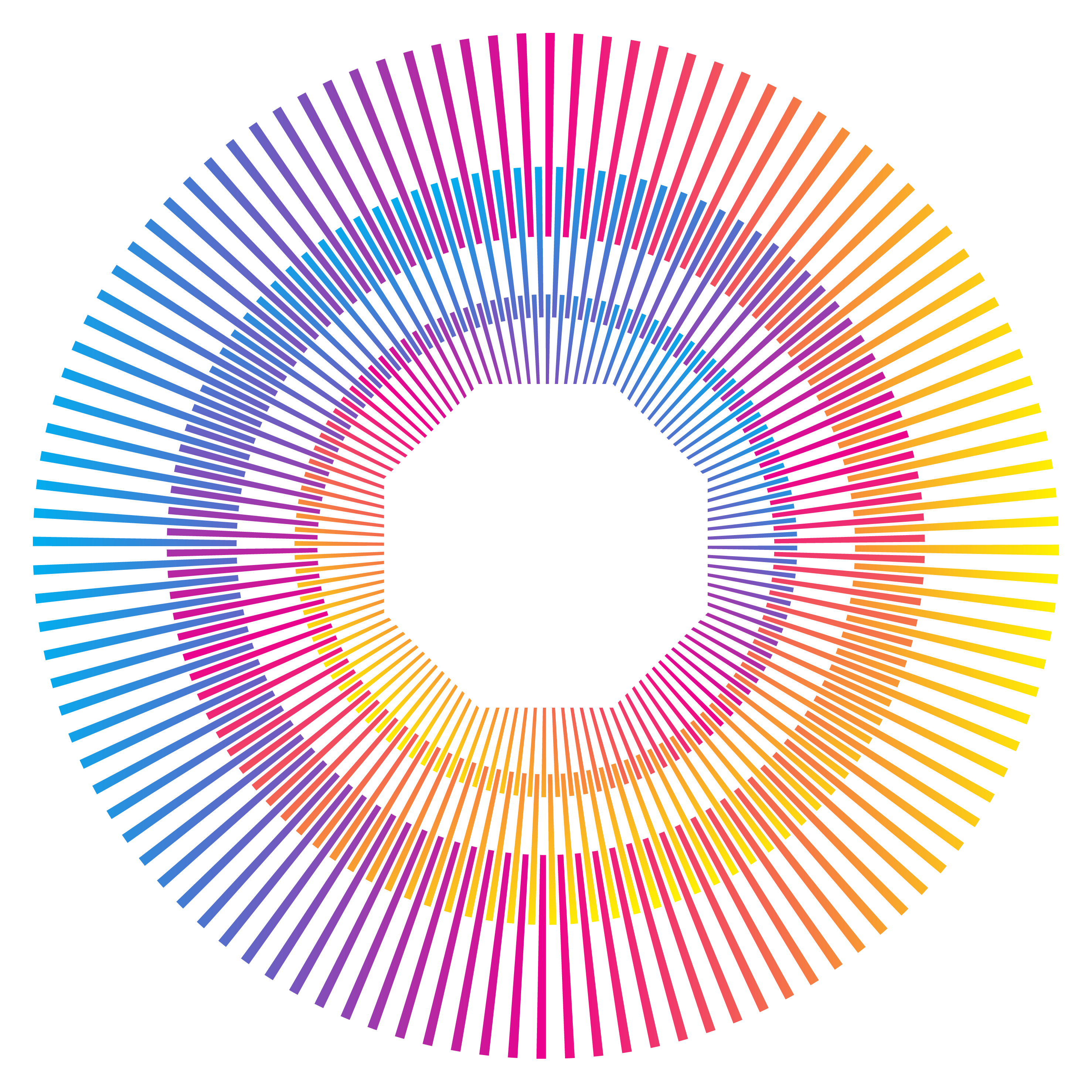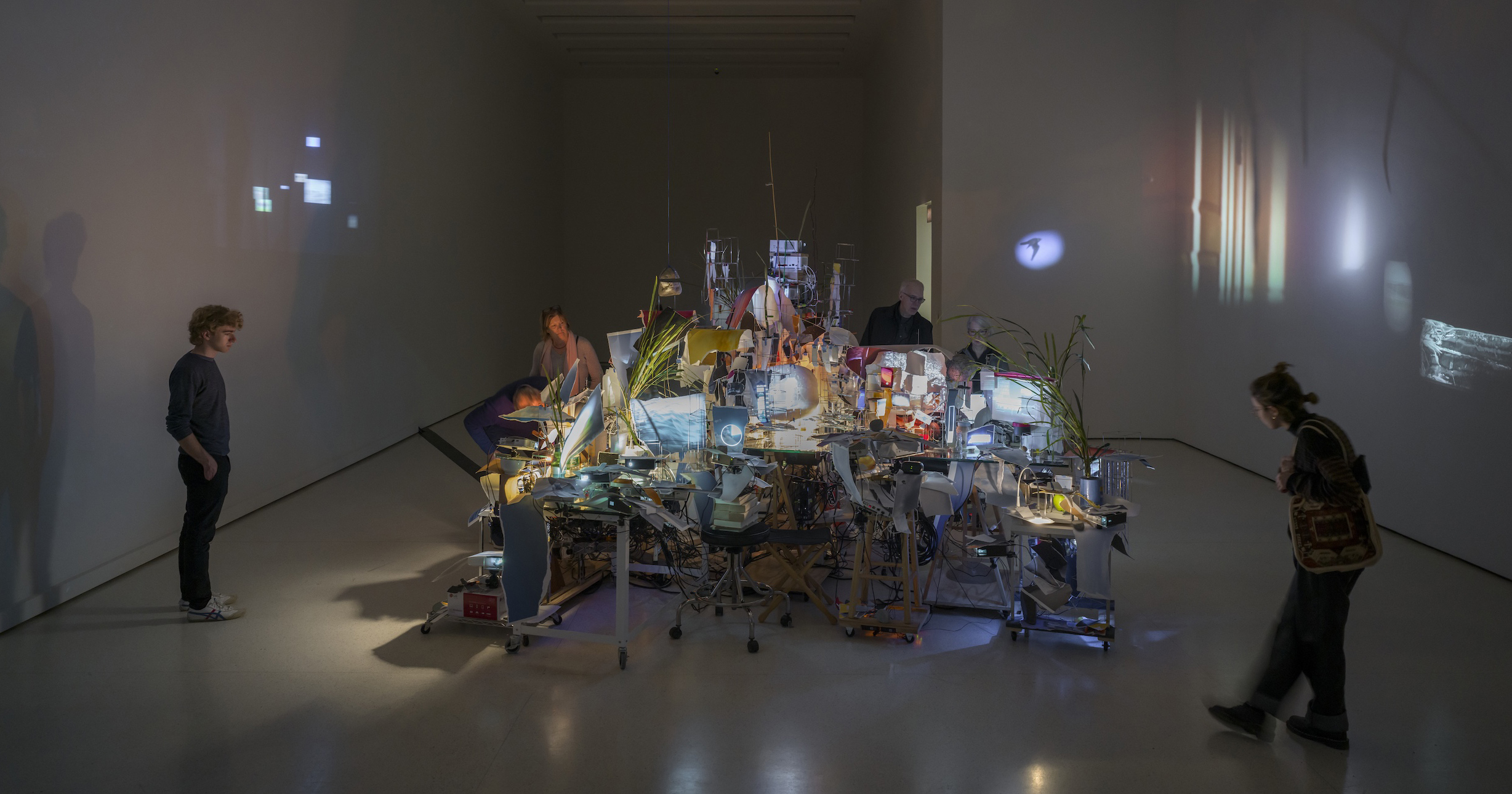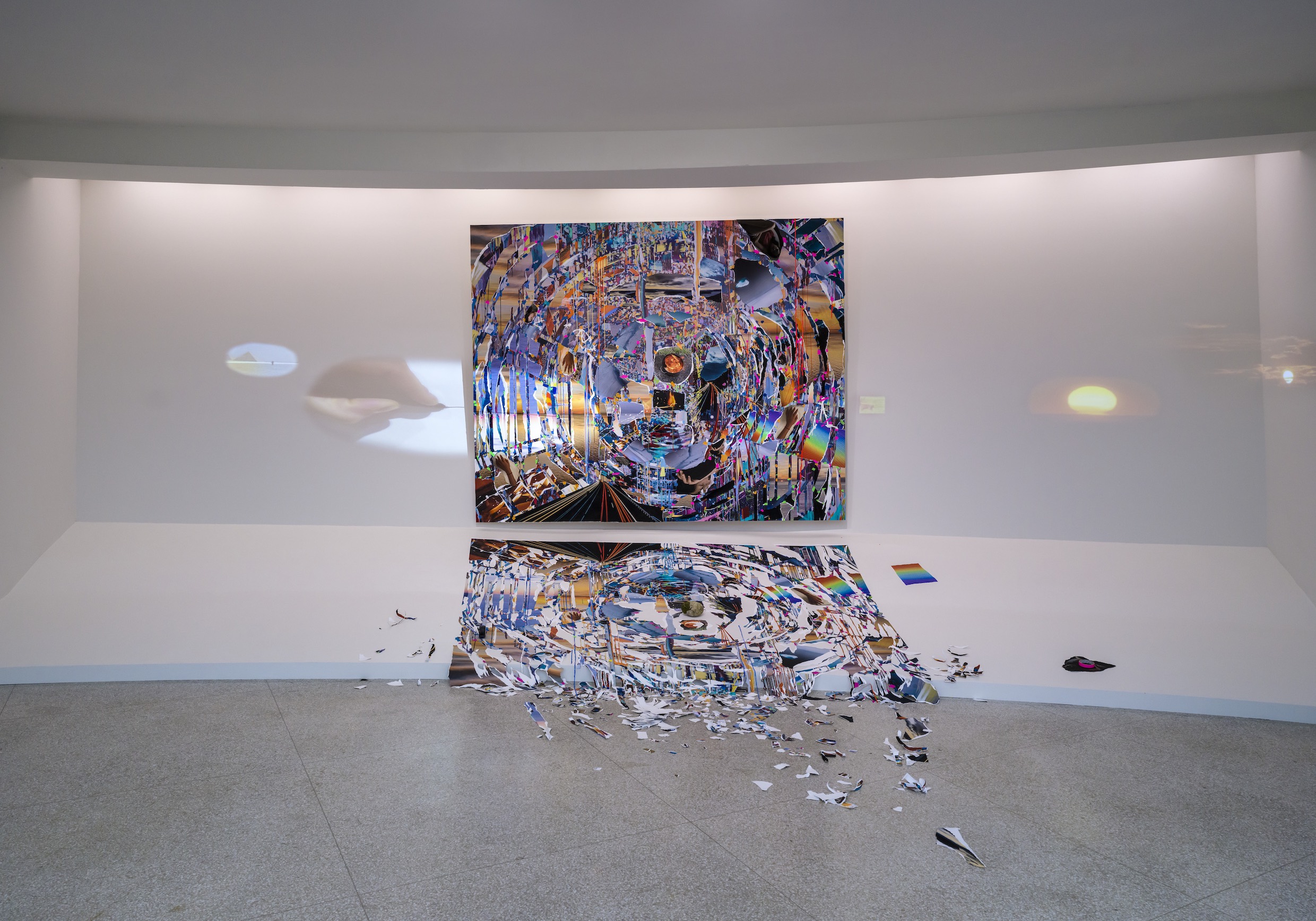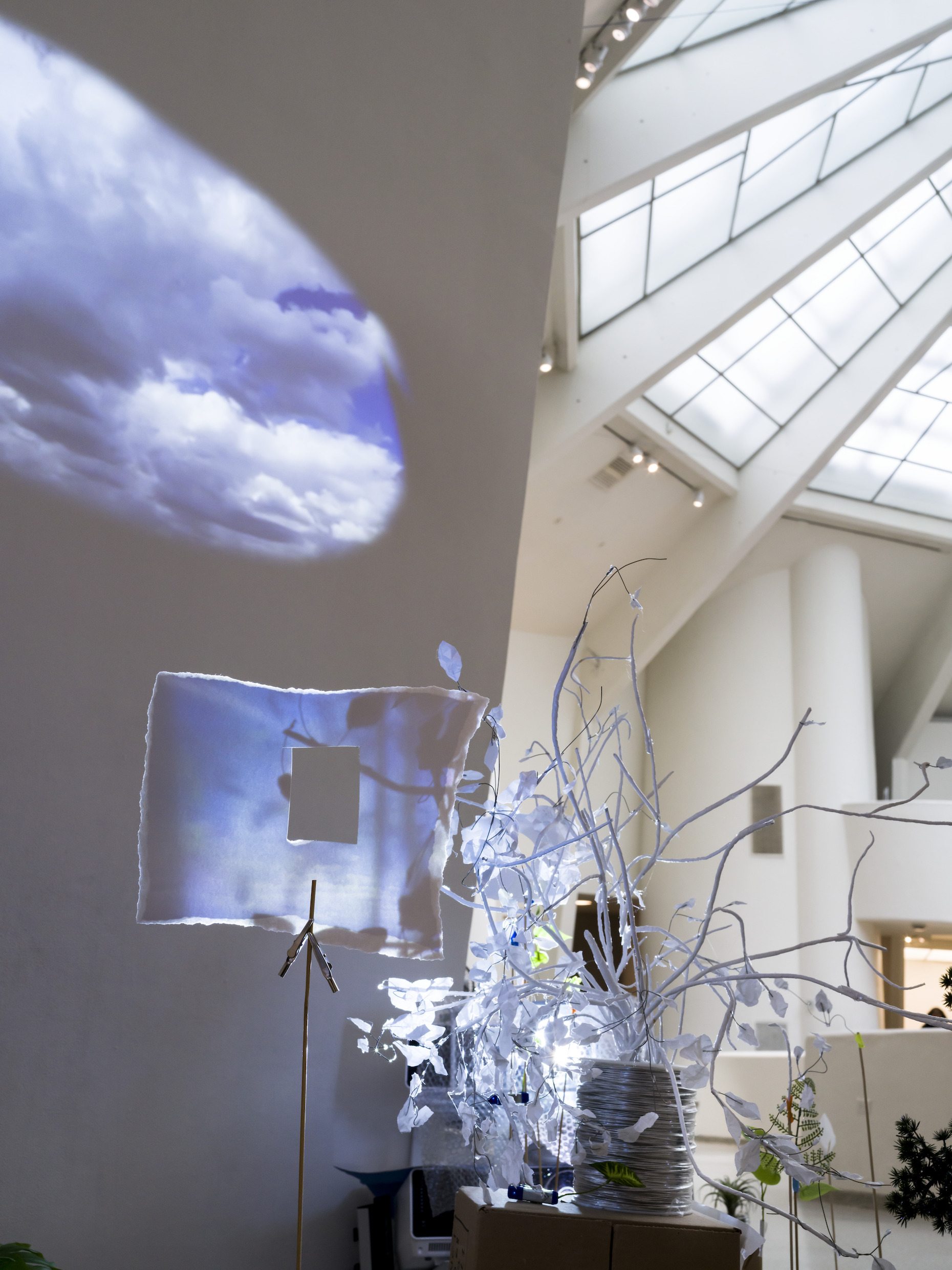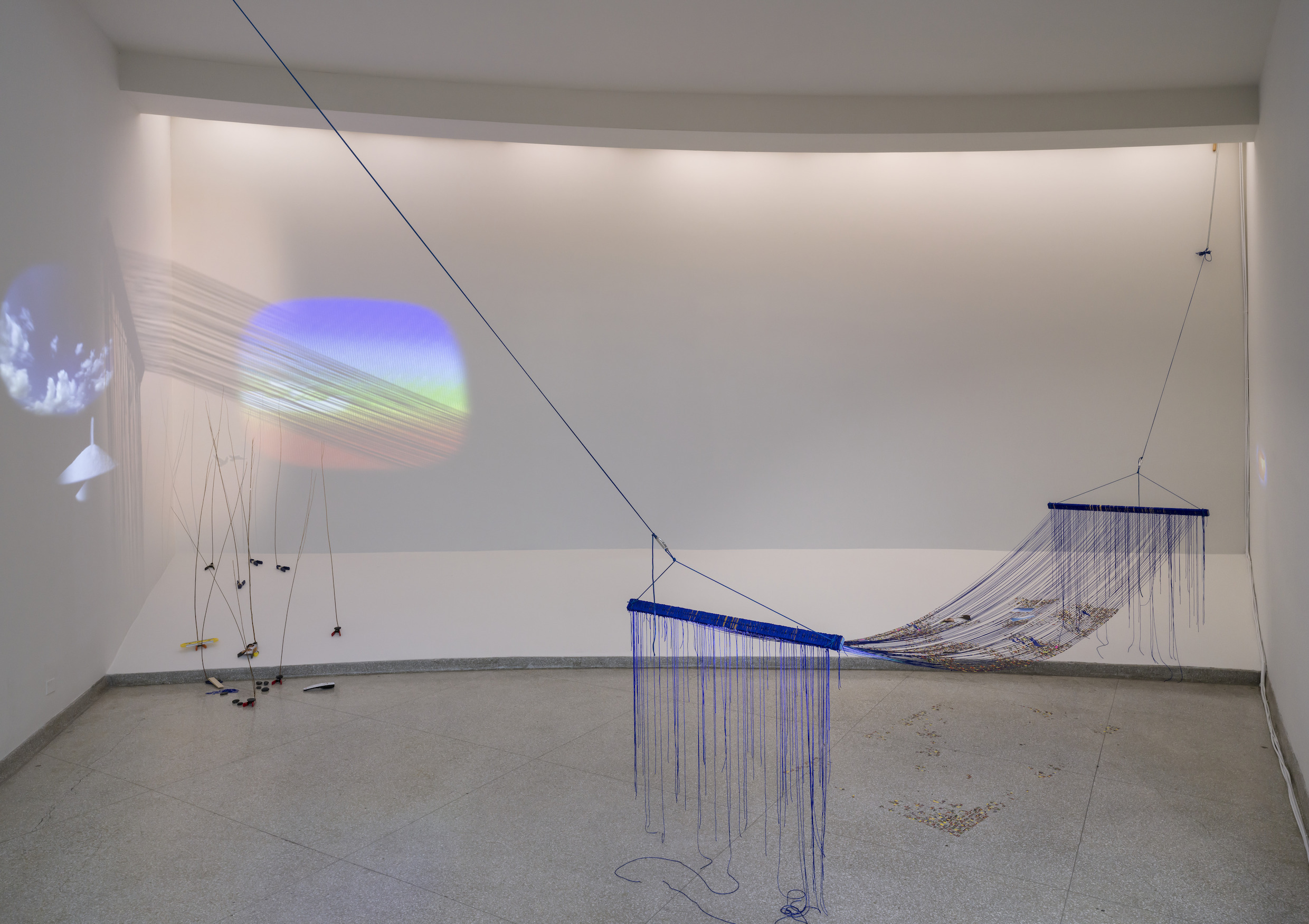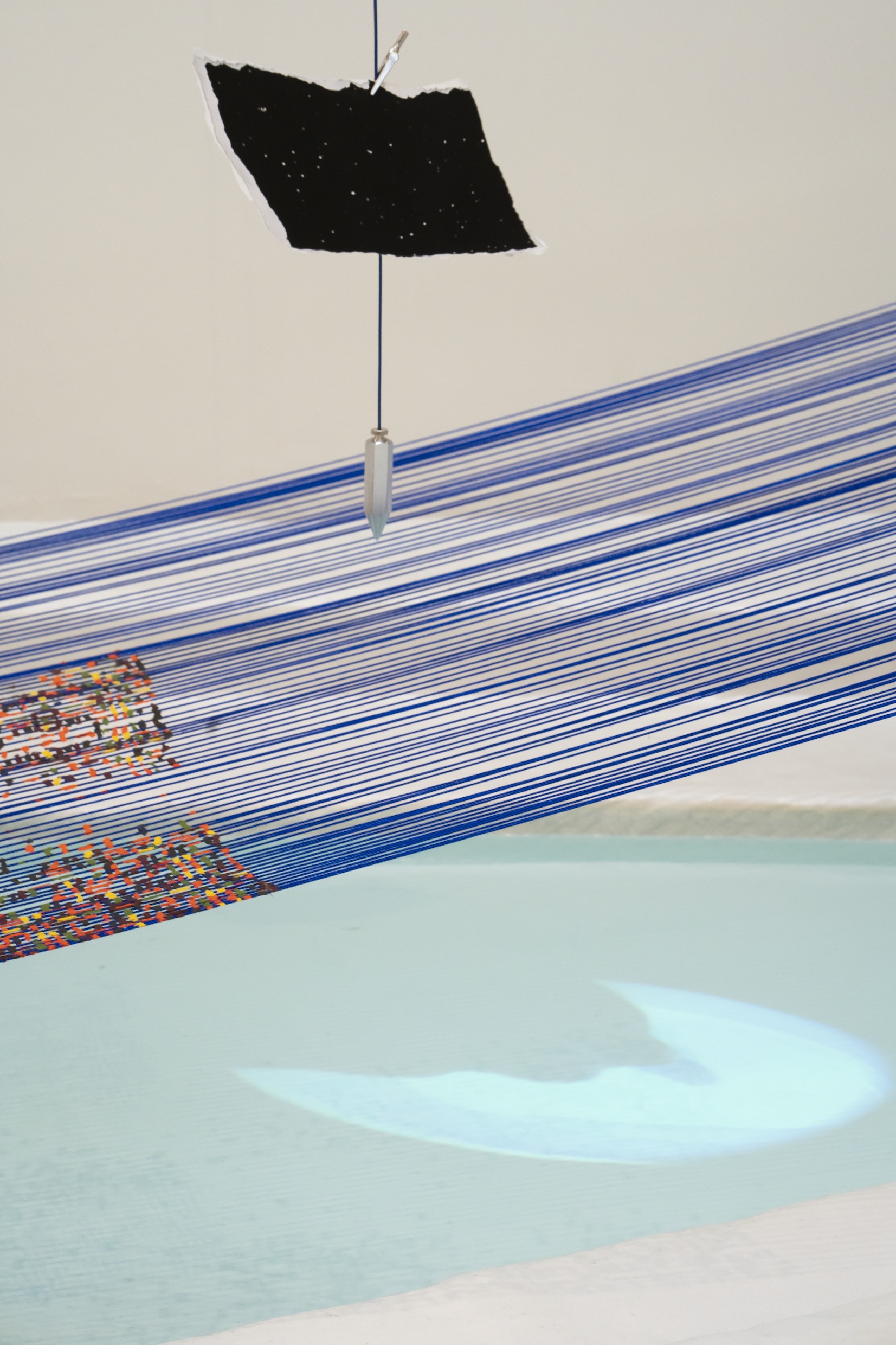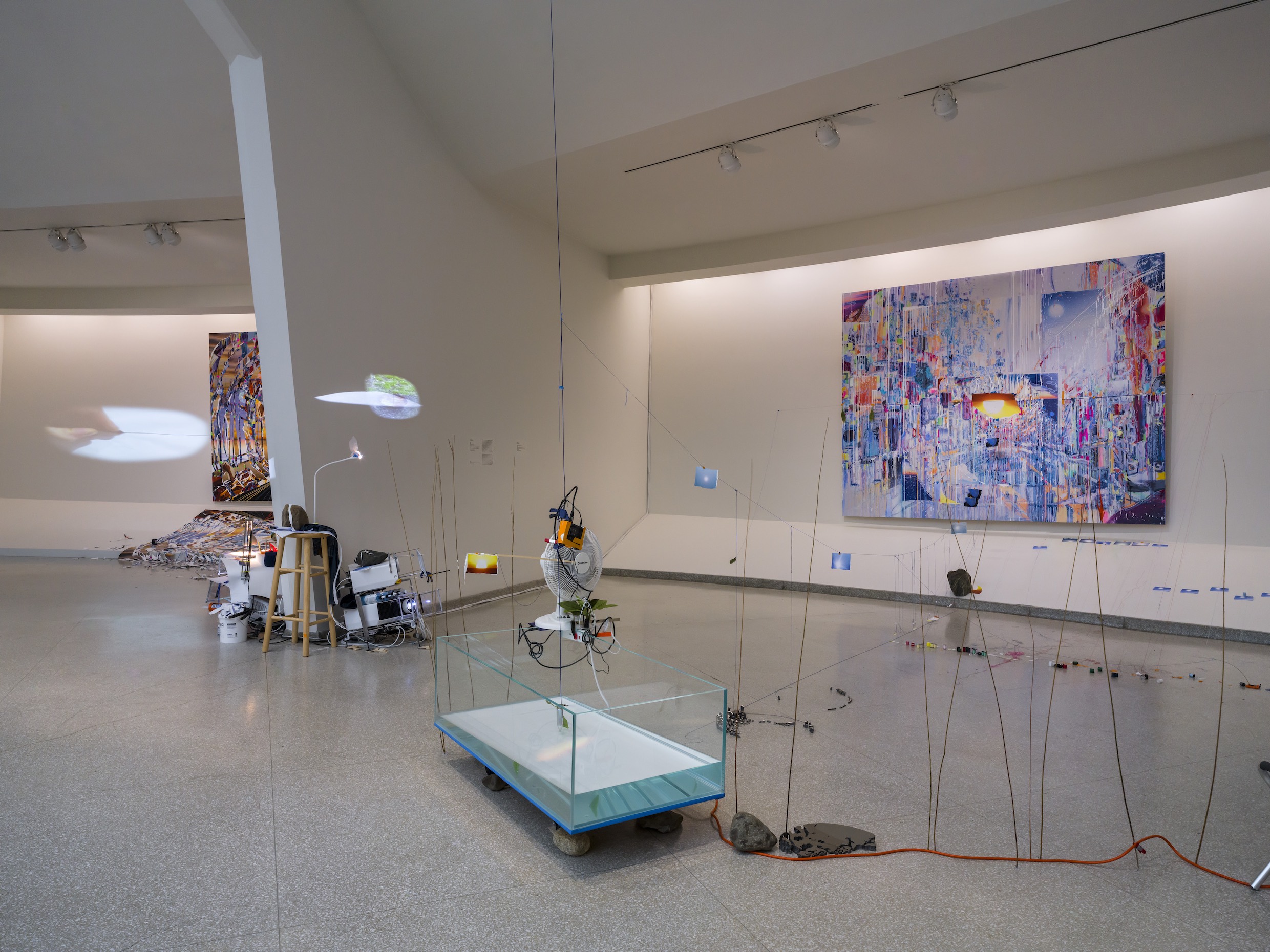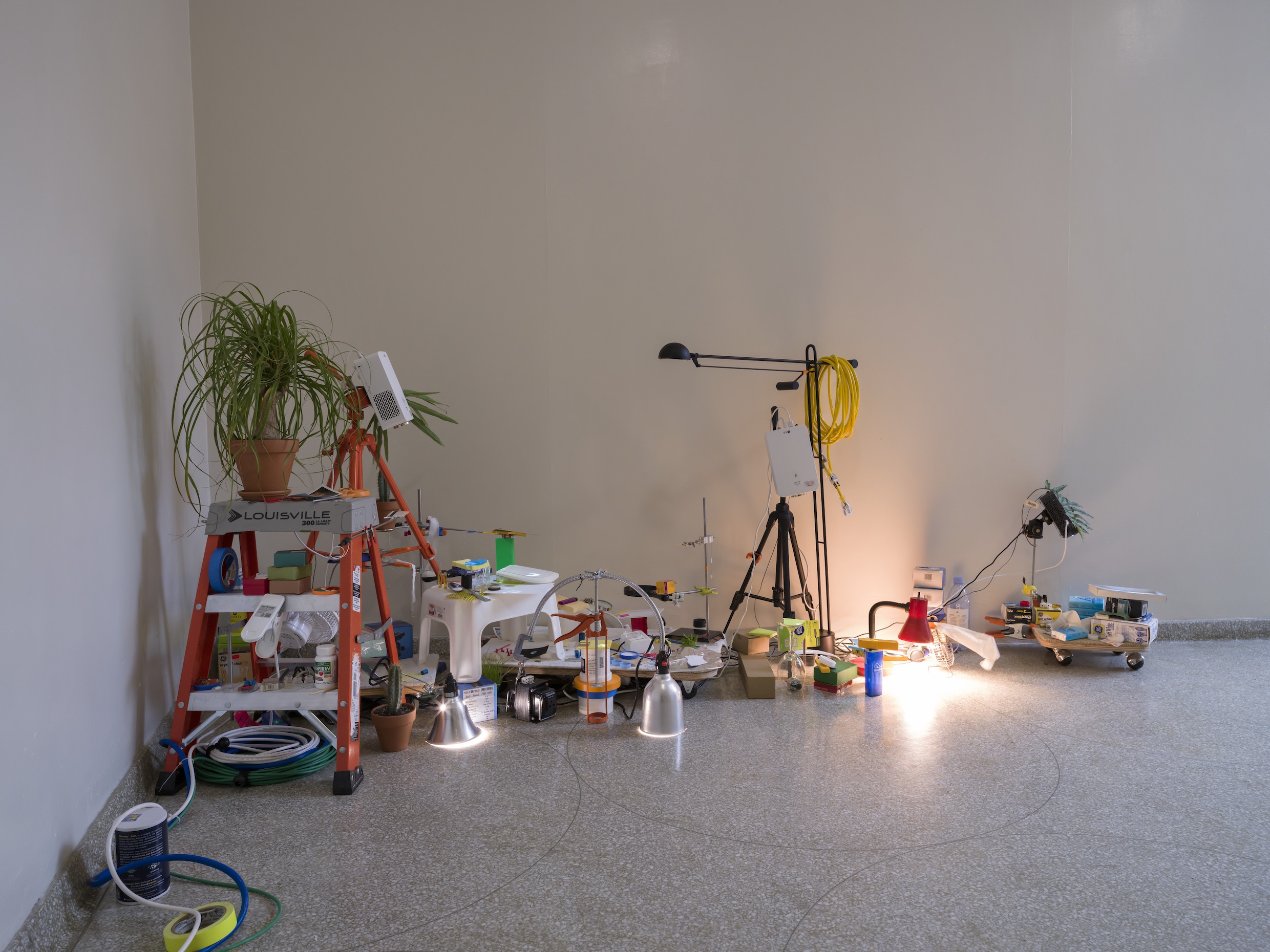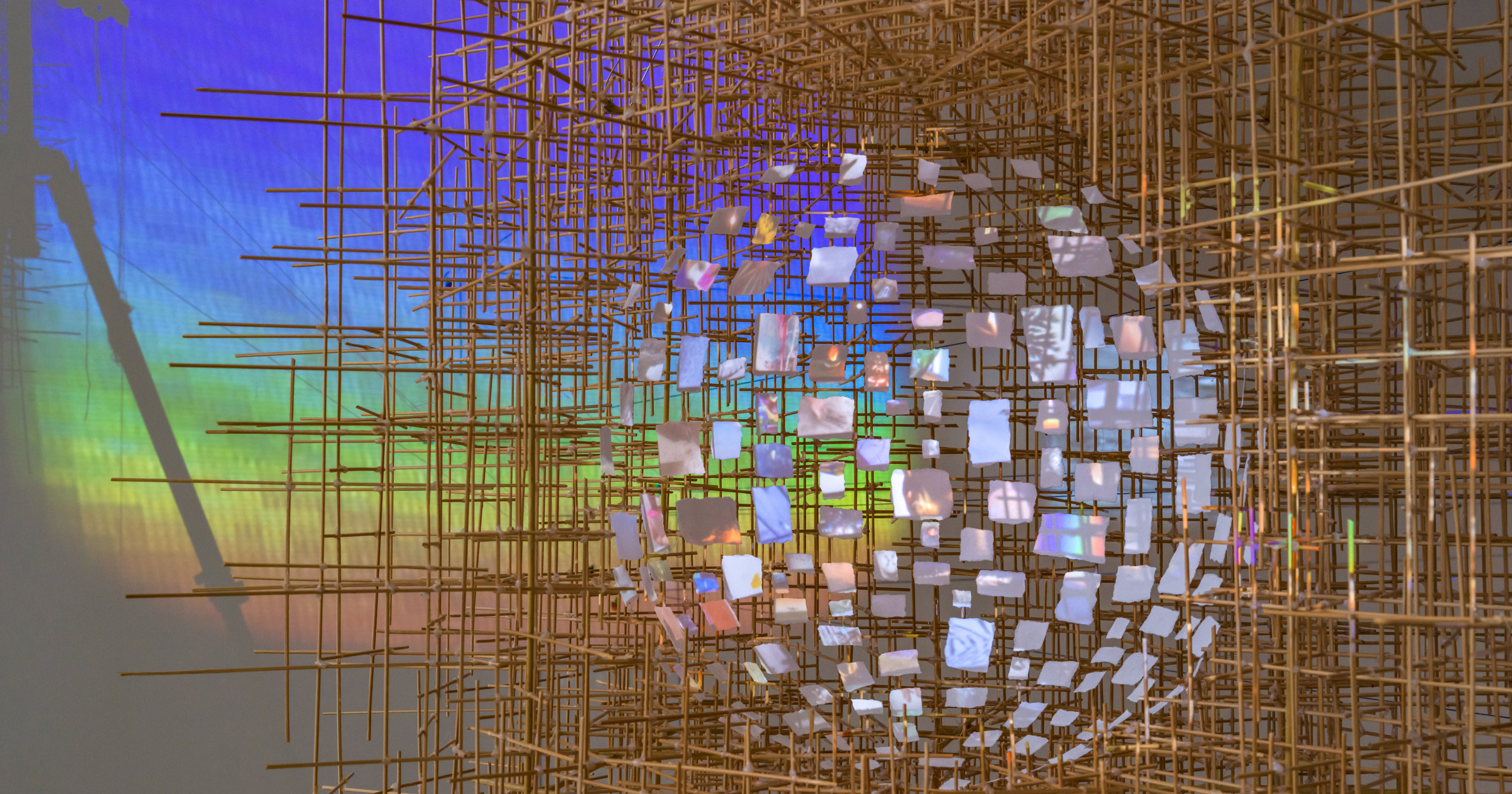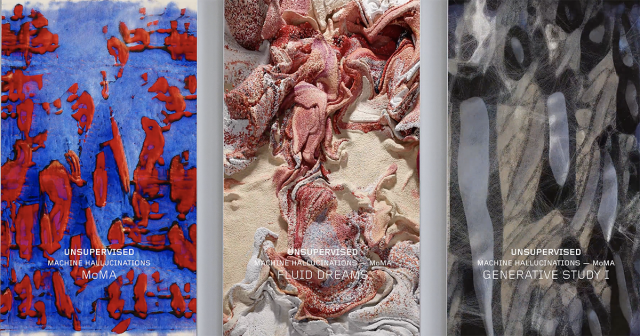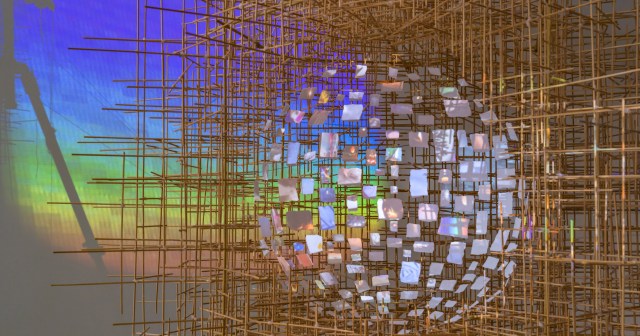
Artist Sarah Sze shares her perspective on the intersection of generative AI and the fine arts, as well as how we should think about artificial intelligence as creators, on the Possible podcast.
WHY YOU SHOULD LISTEN
- Sarah Sze says, “As a visual artist… your whole purpose is not to be predictable.” She believes this gives human an edge over LLMs and generative AI, which work by “predicting” the next right word (or combination of images).
- However, that doesn’t mean Sze is adverse to utilizing AI. Rather, she thinks it’s a new tool to showcase creativity. “The driver is your question and how interesting your question is.”
- When it comes to generative AI tools, Sze says, “All of these things are [a] medium for fine arts. I don’t think they replace… the artwork itself. We’re the ones asking the questions. We have to ask the right questions. And that’s what makes it interesting. And if we ask the wrong questions, it’s really not interesting and potentially dangerous.”
- How does she feel about her work being fed into AI training data sets? “My work is just a continuum of everyone else’s work anyways,” Sze says. “I hope that I’m like talking to — I mean, it sounds like hubris — but I hope I’m talking to Vermeer. I hope I’m talking to Rembrandt. I hope I’m talking to, you know, Murasaki. … That’s what all artists are doing.”
Sze is a Boston-born contemporary artist known for multimedia, genre-defying work.
In 2023, the Guggenheim hosted Sze’s complex and site-specific “Timelapse” installation, which combined the building’s interior and exterior architecture with projections of digital imagery and sculptural elements. The New York museum also showcased her “Untitled (Media Lab)” and “Timekeeper” pieces to round out the collection.

